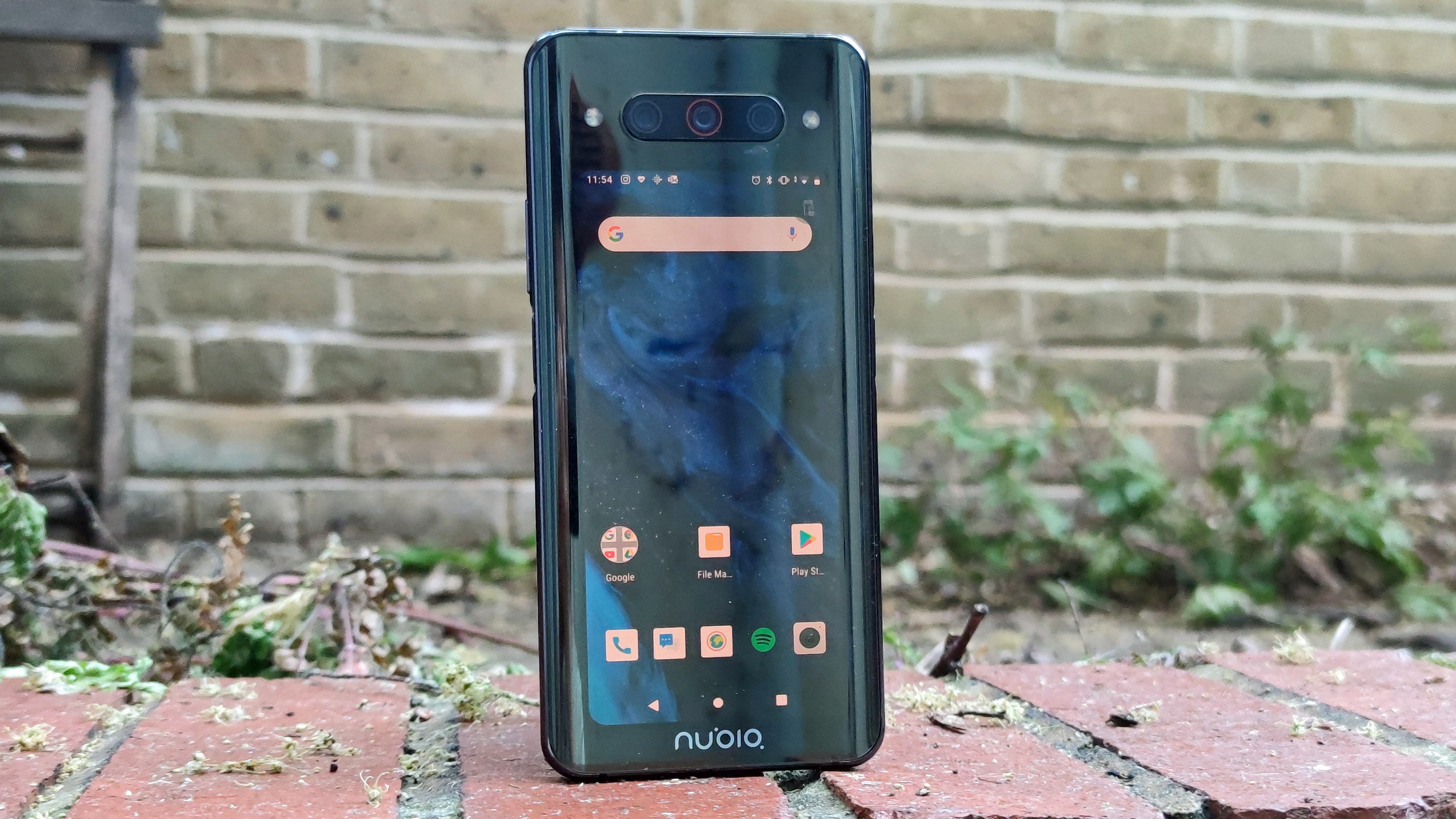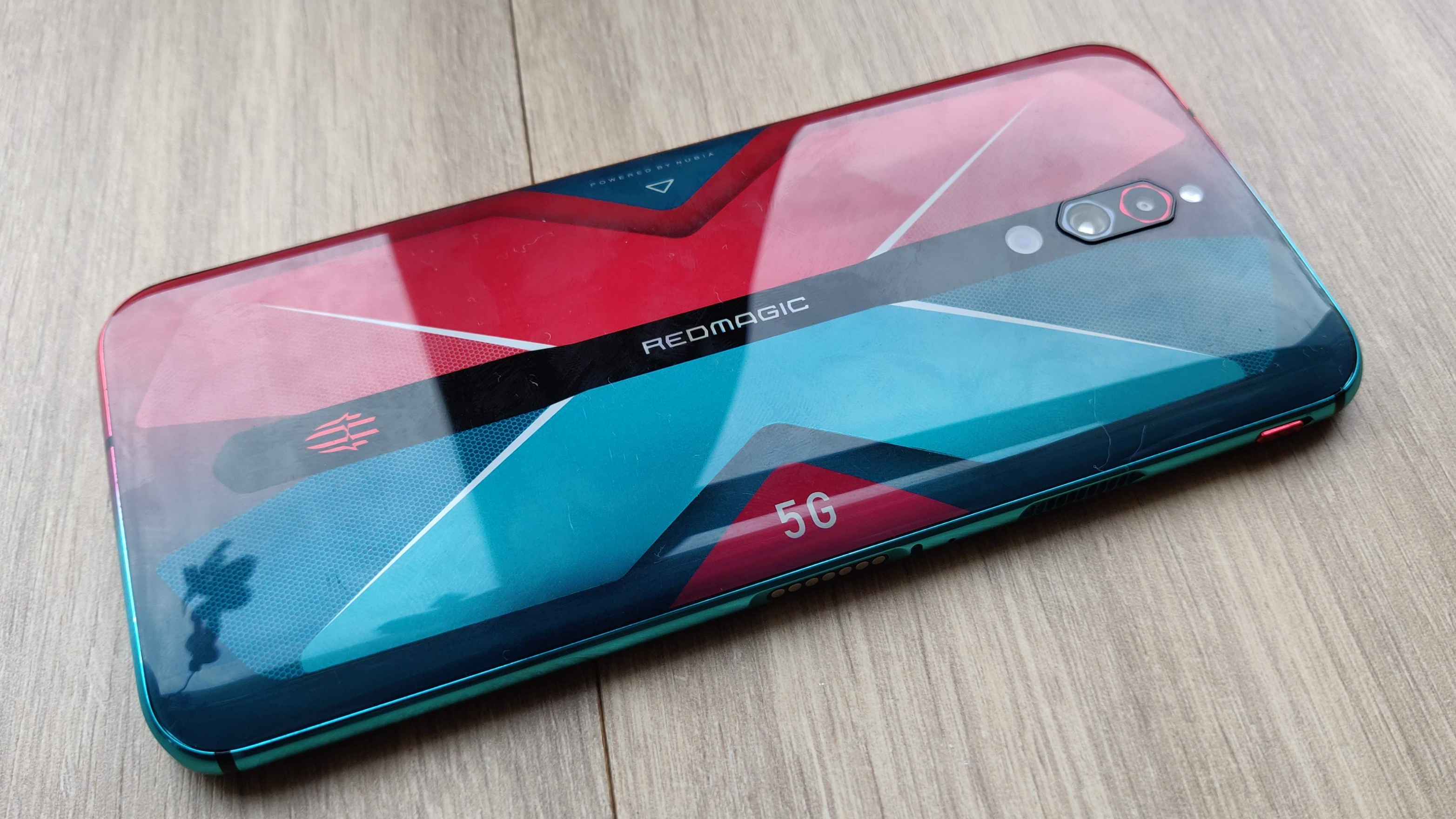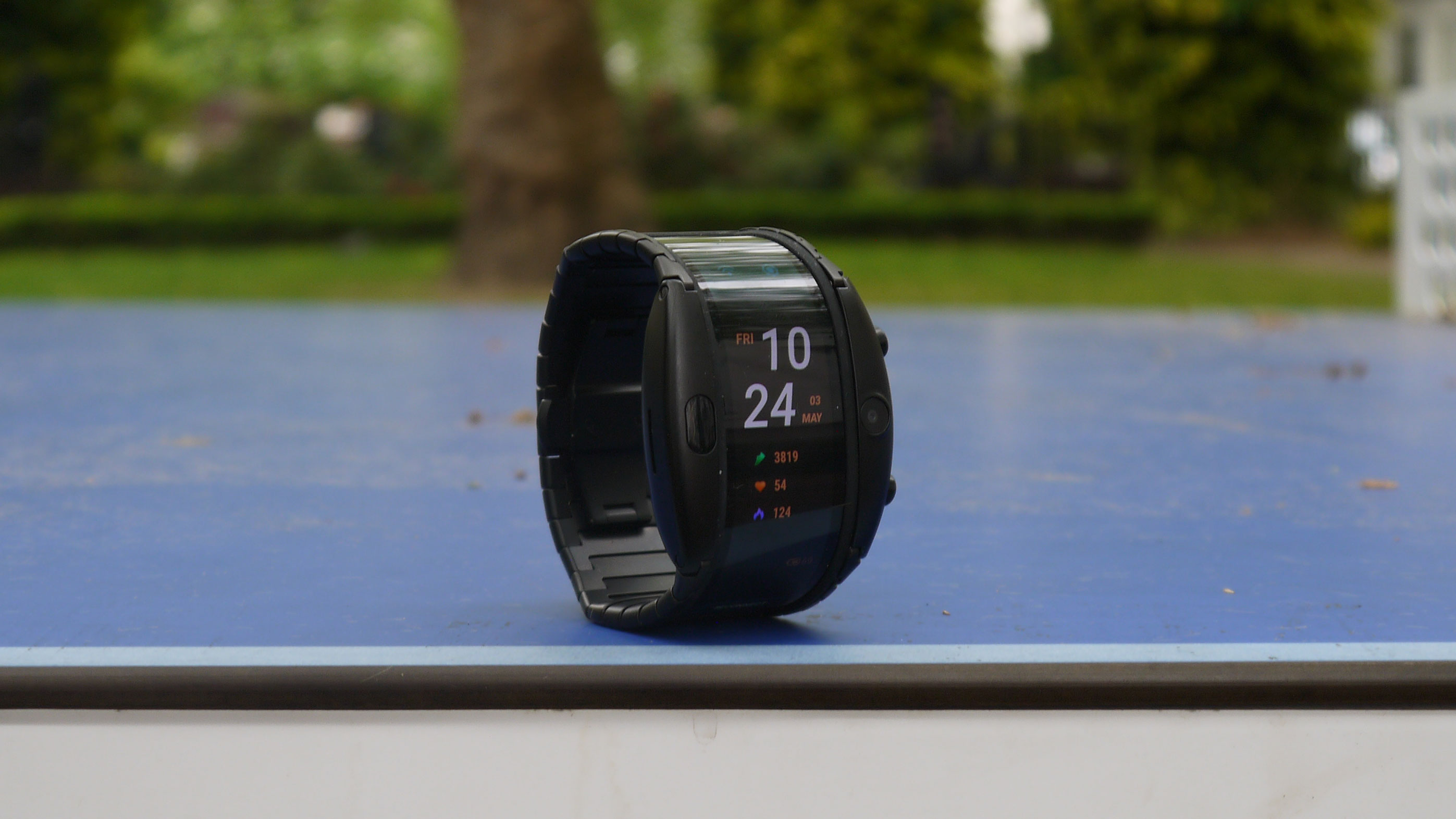What are ZTE phones? A guide to the company and its smartphones
Keeping phones fun

Our series of guides about Chinese phones covers a range of brands, from large established names, to new up-and-comers. ZTE sits somewhere in between – it’s been around for years, yet remains fairly unknown in the West.
That’s a shame, because ZTE is arguably the company bringing the most interesting smartphones to market – and by ‘interesting’ we don’t necessarily mean ‘top-spec’; we mean novel or quirky. Many of ZTE’s devices come with unique features, design quirks or tools that make it a brand that’s well worth keeping an eye on.
For example, the company’s Axon 20 was the first phone to feature an under-display selfie camera. Its Nubia Z20 had a screen on the rear of the device as well as on the front, and the Nubia Alpha smartwatch was in effect a phone for your wrist that came complete with a front-facing selfie camera.
Whether you’re interested in buying one of these novel smartphones, or simply curious about ZTE’s future devices, below we cover everything you need to know about the company including the smartphones and other tech it releases.
- These are the best 5G phones
A brief history of ZTE

ZTE was founded in China in 1985, and its main business is telecommunications, not consumer hardware. Nevertheless, there’s plenty of tech to explore. The company’s most well-known sub-brand, Nubia, was founded in 2012.
If you’re skeptical about technology from China – as some people are – it’s worth reading up on ZTE, even if it’s simply skimming the Wikipedia page. The company has a few controversies under its belt – and it’s partially owned by the Chinese state. That doesn’t mean your personal information will be beamed straight to China, of course, but it’s worth being aware of the company’s background.
What phones does ZTE make?

ZTE has many handsets in its family of products, and they’re loosely organized into series – ‘loose’ being the operative word here. We’ll run you through all the phone lines worth knowing about.
Sign up for breaking news, reviews, opinion, top tech deals, and more.
Nubia, as a sub-brand, is fairly large, encompassing a number of phones. There are devices such as the Z20 and X 5G, which feature screens on the rear as well as the front of the device, and others such as the Z, X and V line. In terms of specs, these are best described as mid-range, but sometimes they come with more premium features.
The Nubia Red Magic line of smartphones is ZTE’s gaming line, and these are often some of the best gaming phones of the year, including such features as built-in cooling systems and super-high screen refresh rates. These phones come in a numbered main line with the occasional Pro or budget model too.
ZTE’s Axon line is made up of more premium-feeling handsets, units that come with top specs and features, although they’re relatively low in price. Of all ZTE’s ranges, the Axon line could be considered the most high end.
Then there’s the Blade range, which is ZTE’s budget phones, usually coming with physical fingerprint sensors and plastic shells – although there are exceptions to this rule.
ZTE phone availability information

There seems to be little rhyme or reason to ZTE’s release patterns, with new Axon, Blade and Nubia phones being launched all the time.
The one exception is the Red Magic line of gaming phones – the new entry in this line is released roughly annually, in the first few months of the year, although belated budget and Pro versions can come out later in the calendar.
Other tech ZTE sells

ZTE makes smartwatches, usually under its Nubia line. The two most well-known products are the Nubia Alpha and Nubia Watch, both of which featured long, curved displays that wrapped around the wrist. The former also included a camera.
The company has also launched affordable true wireless headphones, in the form of the LiveBuds and Nubia Buds, which were seemingly designed to be used with the company’s smartphones.

Tom Bedford joined TechRadar in early 2019 as a staff writer, and left the team as deputy phones editor in late 2022 to work for entertainment site (and TR sister-site) What To Watch. He continues to contribute on a freelance basis for several sections including phones, audio and fitness.